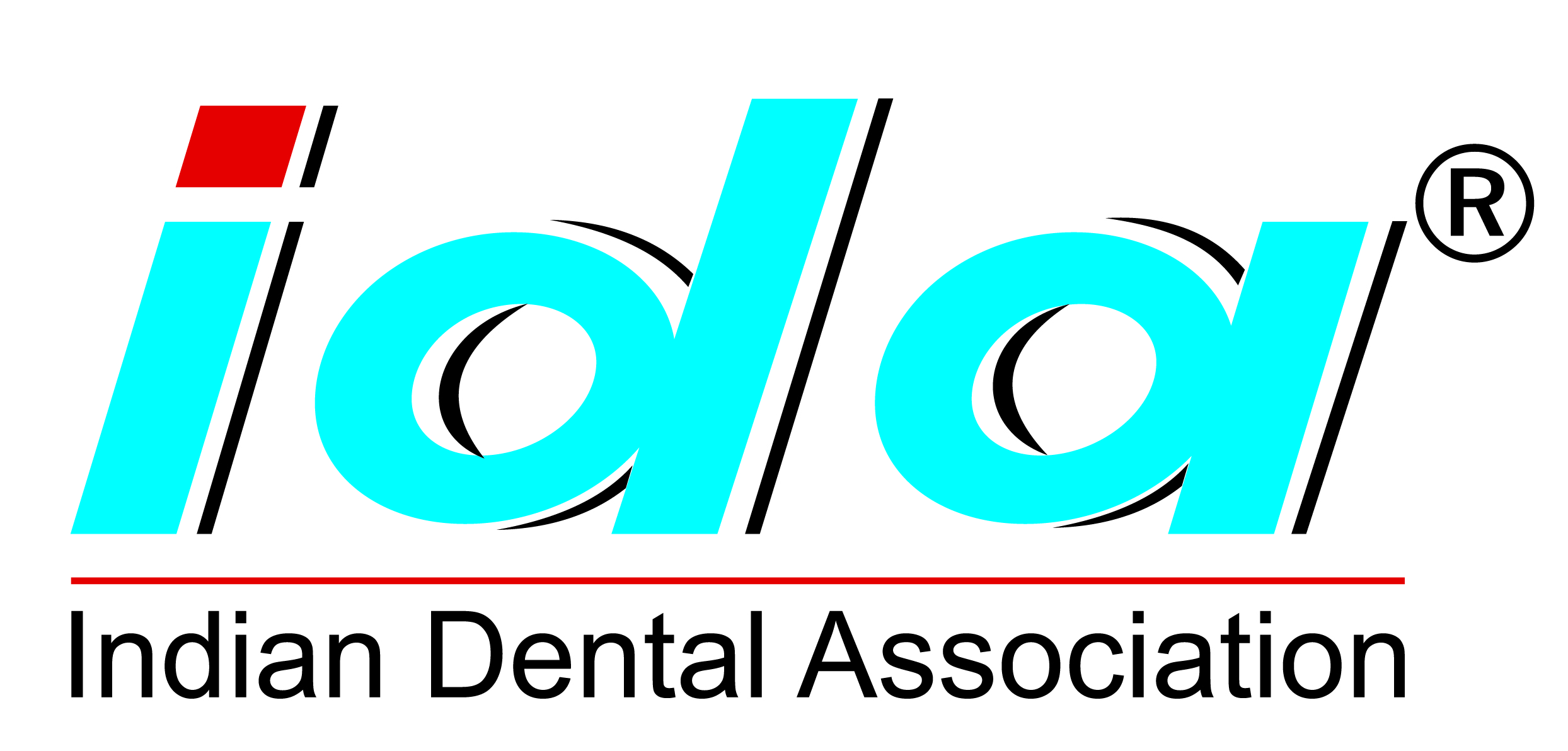The temporomandibular joint (TMJ) is the area directly in front of the ear on either
side of the head where the upper jaw (maxilla) and lower jaw (mandible) meet. Within
the TMJ, there are moving parts that allow the upper jaw to close on the lower jaw.
This joint is a typical sliding "ball and socket" that has a disc sandwiched between
it. The TMJ is used throughout the day to move the jaw, especially in biting and
chewing, talking, and yawning. It is one of the most frequently used joints of the
body.
TMJ disorders are a group of complex problems of the jaw joint. TMJ disorders are
also sometimes referred to as myofacial pain dysfunction and Costen's syndrome.
Because muscles and joints work together, a problem with either one can lead to
stiffness, headaches, ear pain, bite problems (malocclusion), clicking sounds or
locked jaws. The following are behaviours or conditions that can lead to TMJ disorders
- Teeth grinding and teeth clenching (bruxism) increase the wear on the cartilage
lining of the TMJ. Those who grind or clench their teeth may be unaware of this
behaviour unless they are told by someone observing this pattern while sleeping
or by a dental professional noticing telltale signs of wear and tear on the teeth.
Many patients awaken in the morning with jaw or ear pain.
- Habitual gum chewing or fingernail biting
- Dental problems and misalignment of the teeth (malocclusion). Patients may complain
that it is difficult to find a comfortable bite or that the way their teeth fit
together has changed. Chewing on only one side of the jaw can lead to or be a result
of TMJ problems.
- Trauma to the jaws: Previous fractures in the jaw or facial bones can lead to TMJ
disorders.
- Stress frequently leads to unreleased nervous energy. It is very common for people
under stress to release this nervous energy by either consciously or unconsciously
grinding and clenching their teeth.
- Occupational tasks such as holding the telephone between the head and shoulder may
contribute to TMJ disorders
Jaw disorders are more prominent in females than in males. Women are mostly affected
between puberty and menopause.
- Headache: 80% patients suffer headache and about 40% facial pain. The sensation
occurs upon opening and closing of mouth. Exposure to cold weather increases the
pain.
- Ear pain: It can be a symptom of TMJ disorder or ear infection.
- Sounds: Grinding, crunching or popping sounds are common for patients with TMJ disorder.
- Dizziness: Vague dizziness or imbalance is usually reported.
- Fullness of the Ear: Patients describe it as muffled, clogged or full ears.
- Ringing in the Ear: Patients experience noise or ringing.
- Facial pain
- Swelling on the side of the face and/or mouth
- Deviation of the jaw to one side
These disorders can get worse if left unattended. Exercise protocols, habit control
and splinting should be the first line of treatment, leaving oral surgery as a last
resort for the most recalcitrant cases where other therapeutic modalities have failed.





